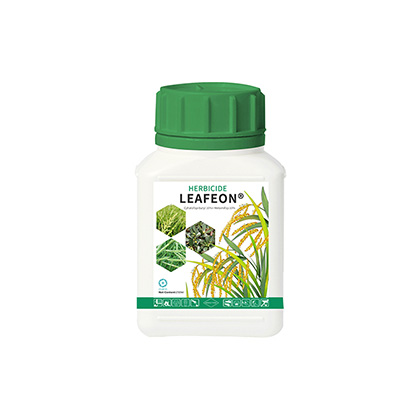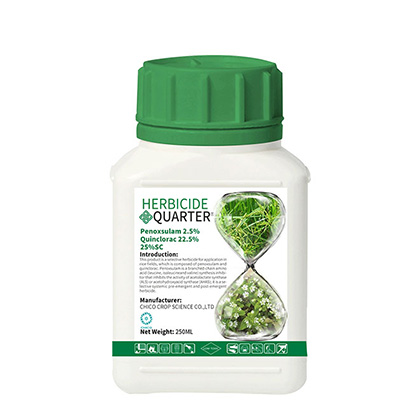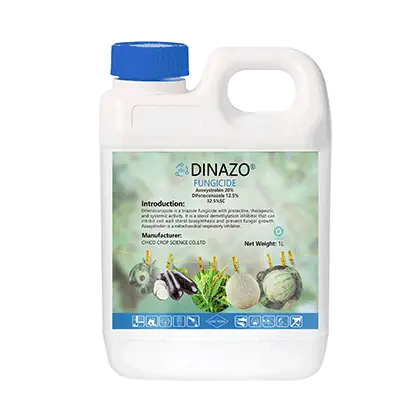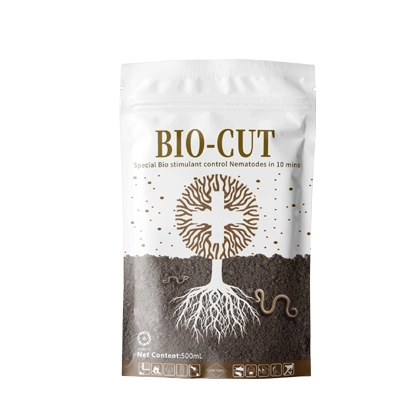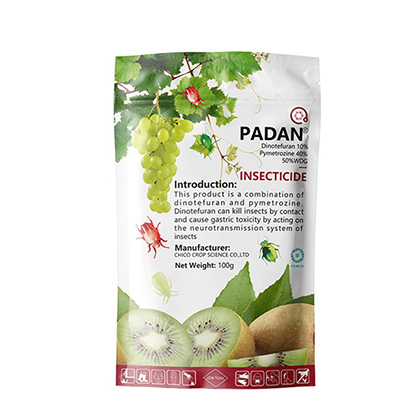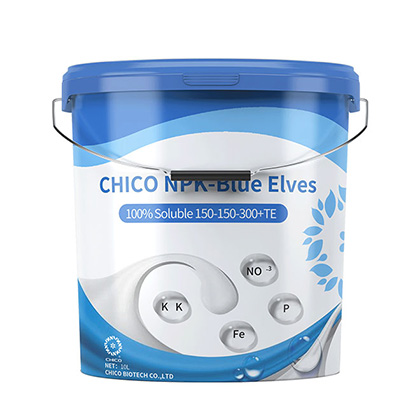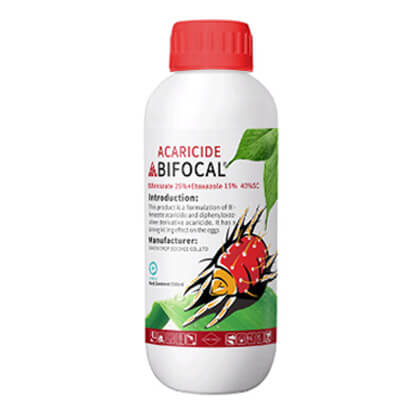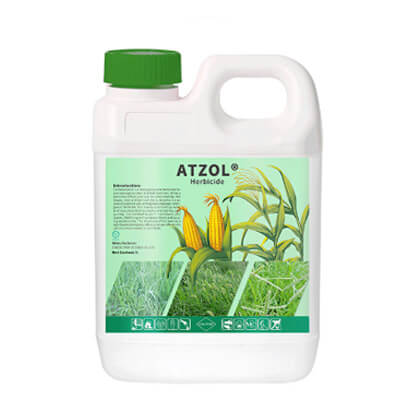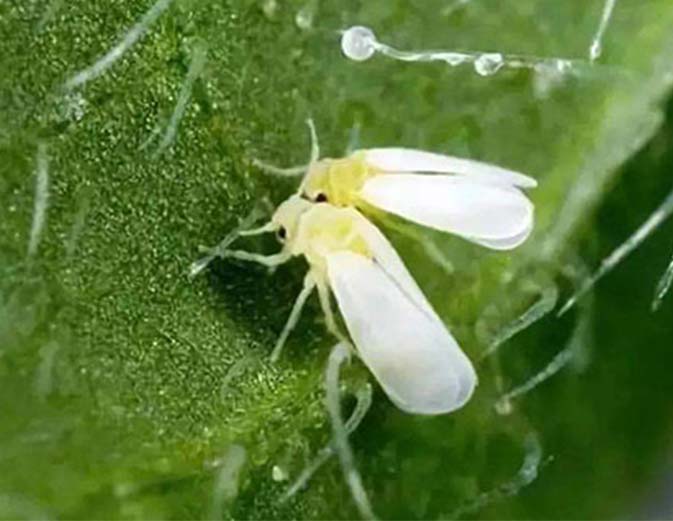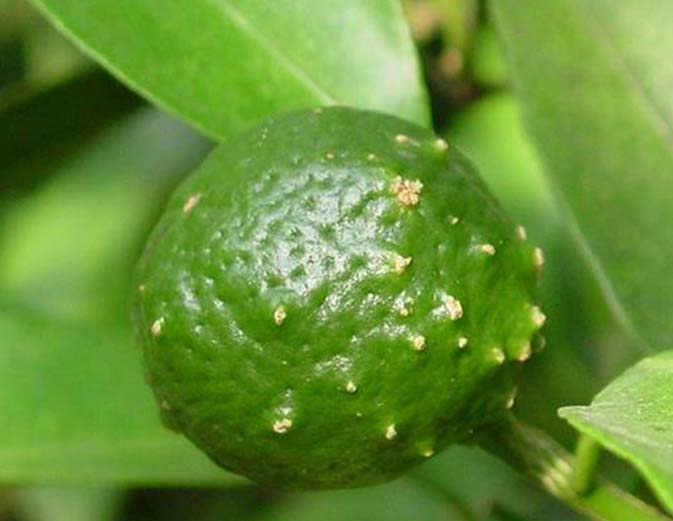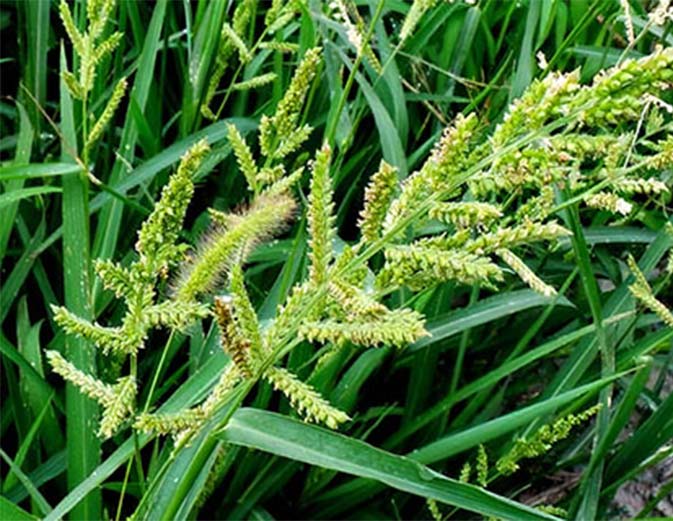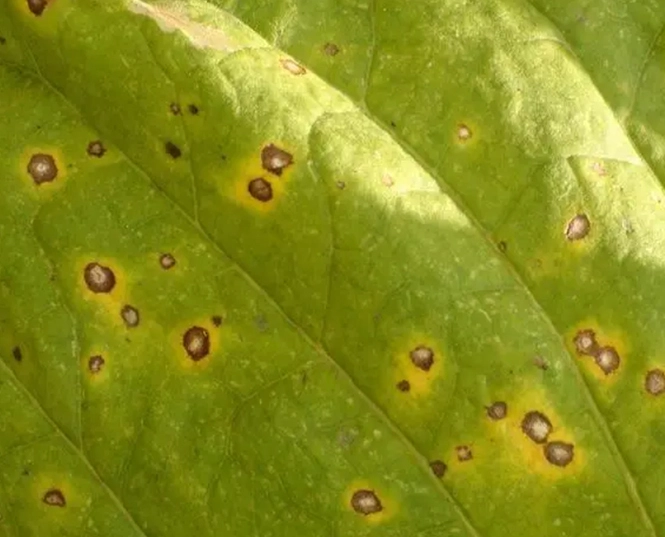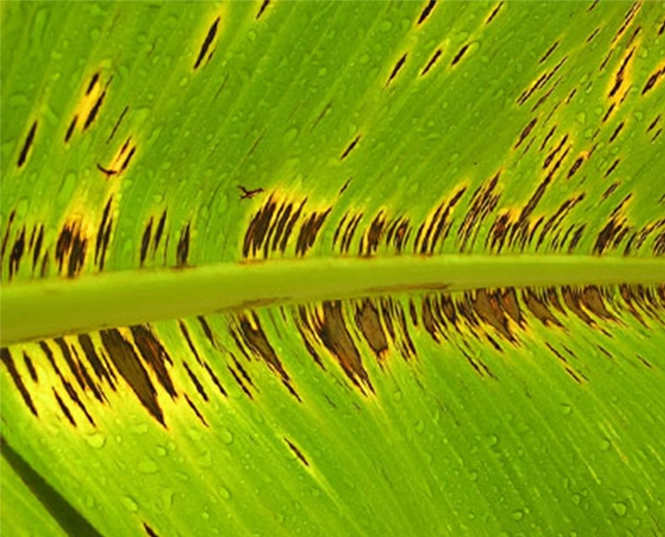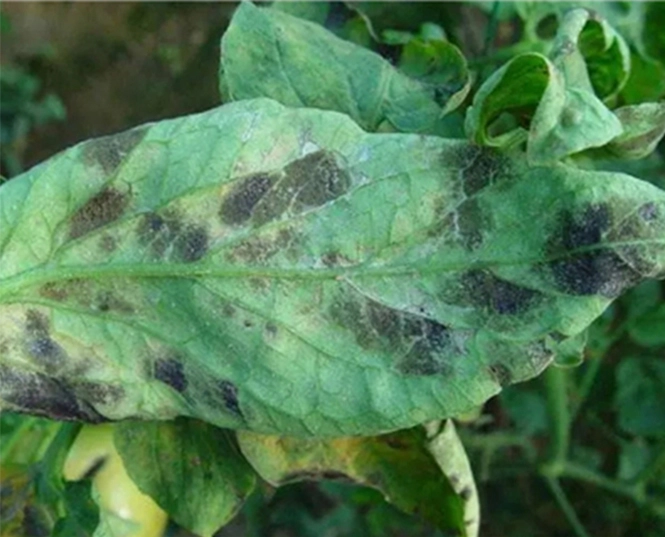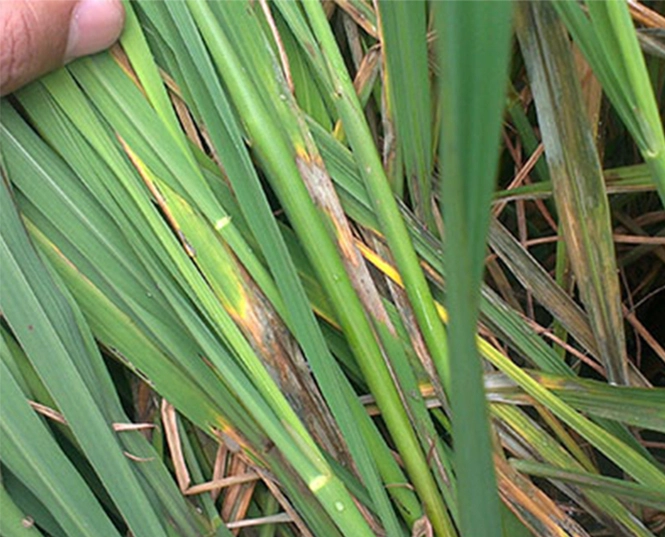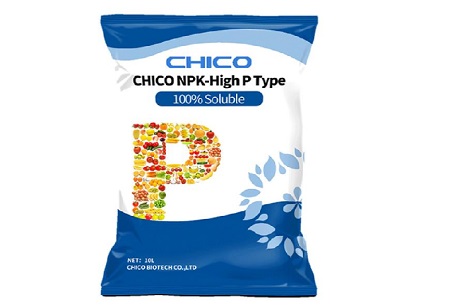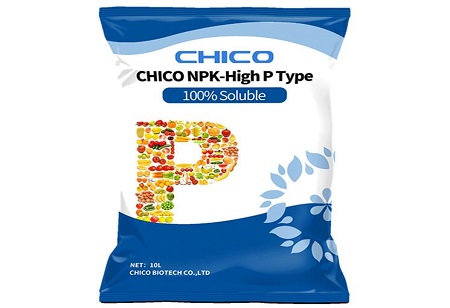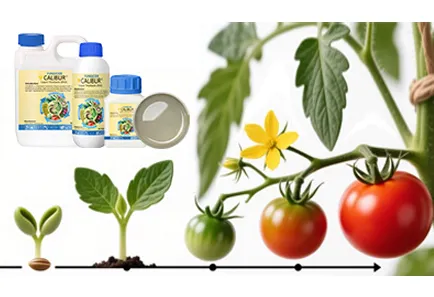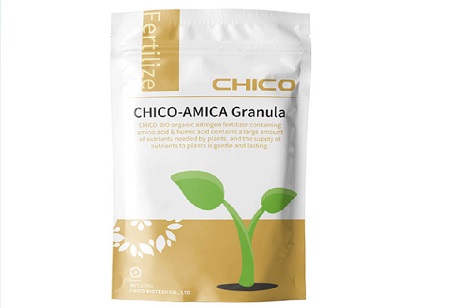
Powdery Mildew
Symptoms:
Powdery mildew mainly damages the tender leaves, buds, shoots and flower buds of plants. After the germination of conidia, they enter the tissues from the stomata of leaves to absorb nutrients. The damaged parts are covered with white powder, producing nearly round or irregular disease spots. In severe cases, the leaves become yellow and smaller, the shoots become distorted and deformed, the flower buds do not open, or even the whole plant dies.
Occurrence regularity:
The pathogen prefers a warm and humid environment, and the optimal temperature for growth is 18~25 ℃. Its occurrence is also related to light, the pathogen propagates fast in the concealed scattered light and weak light, while slowly in the strong light.
Therefore, the muggy weather, which turns sunny after rain or has a large temperature difference between day and night, is particularly conducive to the occurrence and prevalence of powdery mildew.
Solution:
CHICO has accumulated rich experience and could offer the corresponding high-class solutions, e.g.: the series of CURER®, DINAZO® (Azoxystrobin 20% + Difenoconazole 12.5% SC).
